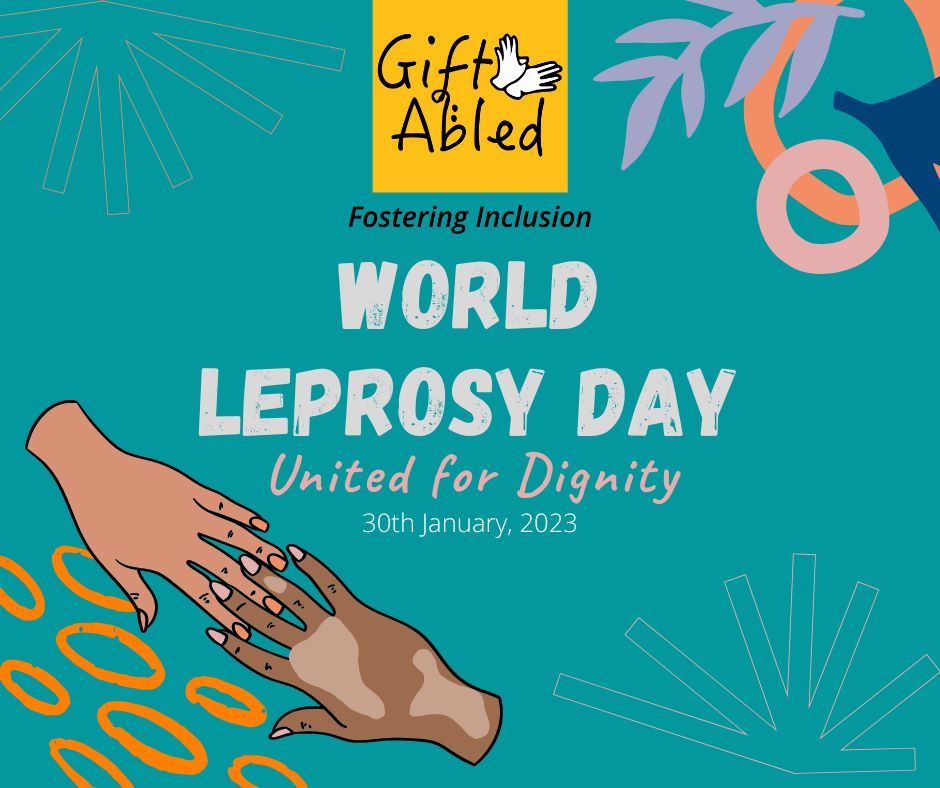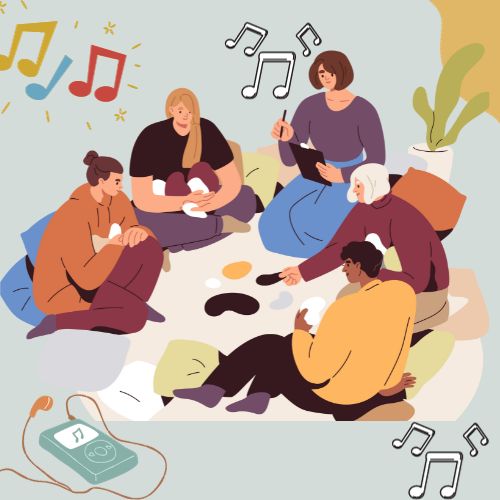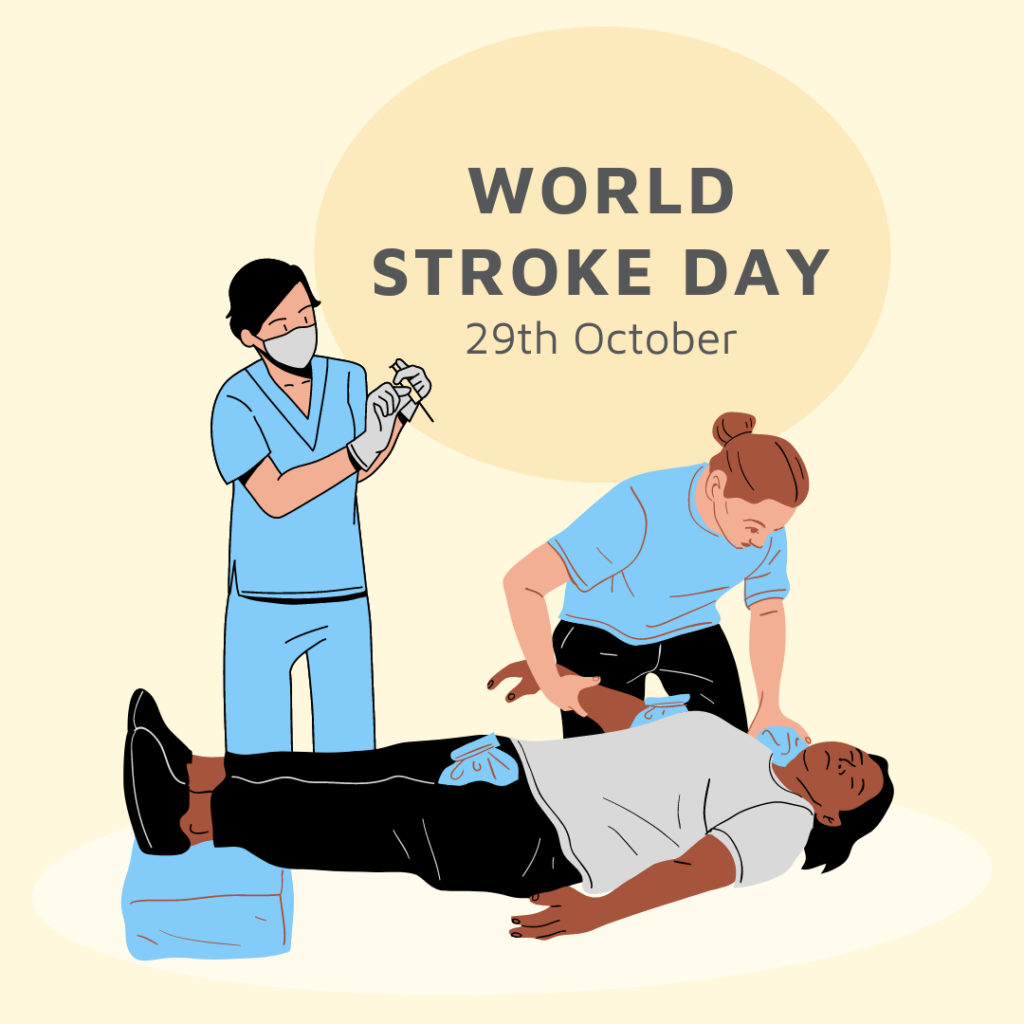
Child maltreatment is the abuse and neglect that occurs to children under 18 years of age. It includes all types of physical and/or emotional ill-treatment, sexual abuse, neglect, negligence and commercial or other exploitation, which results in actual or potential harm to the child’s health, survival, development or dignity in the context of a relationship of responsibility, trust or power.
Child maltreatment is a global problem with life-long consequences. Studies reveal that nearly 3 in 4 children aged 2-4 years regularly suffer physical punishment and/or psychological violence at the hands of parents/caregivers, and 1 in 5 women and 1 in 13 men report having been sexually abused as a child. In armed conflict and refugee settings, girls are particularly vulnerable to sexual violence, exploitation and abuse by combatants, security forces, members of their communities and others.
Child maltreatment has often severe short- and long-term physical, sexual and mental health consequences. These include injuries, including head injuries and severe disability, in particular in young children; post-traumatic stress, anxiety, depression, and sexually transmitted infections (STIs) including HIV. Adolescent girls may face additional health issues, including gynaecological disorders and unwanted pregnancy. Child maltreatment can affect cognitive and academic performance and is strongly associated with alcohol and drug abuse and smoking – key risk factors for noncommunicable diseases (NCDs) such as cardiovascular diseases and cancer
Violence against children is also a contributor to inequalities in education. Children who experienced any form of violence in childhood have a 13% greater likelihood of not graduating from school.
Apart from the health, social and educational consequences of child maltreatment, there is an economic impact, including costs of hospitalization, mental health treatment, child welfare, and longer-term health costs.
Prevention
Preventing and responding to child maltreatment requires a multisectoral approach.
Effective and promising interventions include:
Parent and caregiver support: Information and skill-building sessions to support the development of nurturing, non-violent parenting delivered by nurses, social workers, or trained lay workers through a series of home visits or in a community setting.
Education and life skills approaches:
Increasing enrolment in quality education to allow children acquire knowledge, skills and experiences that build resilience and reduce risk factors for violence
Programmes to prevent sexual abuse that build awareness and teach skills to help children and adolescents understand consent, avoid and prevent sexual abuse and exploitation, and to seek help and support
Norms and values approaches: Programmes to transform restrictive and harmful gender and social norms around child-rearing, child discipline and gender equality and promote the nurturing role of fathers
Implementation and enforcement of laws: laws to prohibit violent punishment and to protect children from sexual abuse and exploitation.
Response and support services: Early case recognition coupled with ongoing care of child victims and families to help reduce reoccurrence of maltreatment and lessen its consequences.
To maximize the effects of prevention and care, it is recommended that interventions are delivered as part of a four-step public health approach:
defining the problem;
identifying causes and risk factors;
designing and testing interventions aimed at minimizing the risk factors;
disseminating information about the effectiveness of interventions and increasing the scale of proven effective interventions.




About The Author: Swati
More posts by Swati